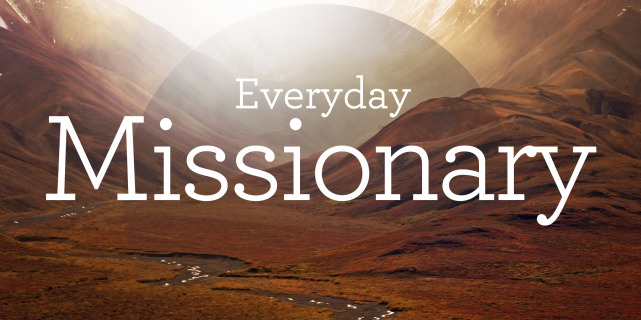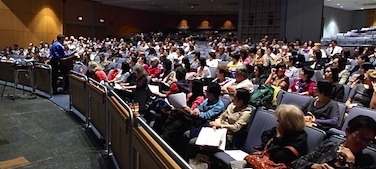 We live in a day and age now where people are in constant contact with friends, family, work associates, and even with famous people like actors, athletes, or politicians.
We live in a day and age now where people are in constant contact with friends, family, work associates, and even with famous people like actors, athletes, or politicians.
But we also live in a world that is starving for authentic community. A person that we can trust to be authentic with, and where they can be authentic in return with us. In many ways, our society is losing those special opportunities and personal gifts that bring people together and develops a culture that not only inspires community, but nurtures it too. Many people just need help connecting to other people. The desire to connect in community is there; the skills are often lacking.
This is an opportunity for your group to shine! Of all the places that a person should experience true community it should be in a biblically functioning small group or Sunday School! But to be effective, a small group needs to intentionally build bridges to help people make those connections.
Here are a few suggestions:
- Nametags. Yes, I know it seems cheesy… until it is YOUR name that someone can’t remember, or even worse, you are the one stumbling while you try to recall someone’s name in your group. Help each other out. Wear nametags at every group meeting, including fellowships. Do not use those permanent nametags by the way. Use the paper nametags with an adhesive back so that everyone wears the same badge. Wearing a permanent badge while a guest wears a temporary badge just tells a guest that he or she is not part of the group. Also, a temporary stick-on badge has the advantage of helping your group members share their story. In addition to their name, ask group members to write something about who they are under their name. It can be “favorite food group” one week; hometown the next; favorite music group the next; and so on. Use the nametag to help people learn about each other and connect them to community.
- Fellowship. “Fellowship” comes from the Greek word “Koinonia”, which just means ~~ Party! Have group parties, fellowships, get-togethers, whatever your church calls them. Have them often. An annual fellowship is not nearly enough. Go for once a month at least. These informal get togethers are providing a non-pressure opportunity for people to get to know each other and discover similar interests.
- Testimonies. I encourage groups to set aside one Sunday a month to have one or two people share their personal testimony. Nothing too long here, less than five minutes, but is frequently discovered that group members do not know each other’s testimony. As Rick Howerton and David Francis share in their book, Countdown: Launching and Leading Transformational Groups, “No one’s story is complete until it has intersected with God’s Story, which happens best in a community being enriched by the stories of others.”
- Mission projects. It is amazing what swinging a hammer, repairing a roof, painting a wall, or working together at the local food bank will do for the fellowship of your group. This action of putting the Gospel on display does amazing things when it comes to building community in your group.
- Organize. The teacher or group leader must avoid the temptation to be all things to all people. This belief is really an excuse for DAS (Delegation Avoidance Syndrome). Once your group reaches an enrollment of about 10 people, it will become increasingly difficult for the teacher to do all the ministry. Simply enlisting a few people to make contact five people every week will do wonders for group community. People do not always come forward when they have a need, but if they are more likely to share a ministry need if someone from the group calls and asks them how they are doing.
Avoid the temptation to assume that just because your group meets for Bible study once a week that community is happening. Be intentional and help group members build bridges into biblical community.
_______________
Bob Mayfield is the Sunday School/Small Group specialist at the Baptist General Convention of Oklahoma. Bob also has his own blog at bobmayfield.com. The group ministry at the BGCO also has a training website, reconnectss.com with over 200 training videos for small group leaders of all age groups.
Follow Bob on Twitter, @bobmayfield and Facebook, theBobMayfield



